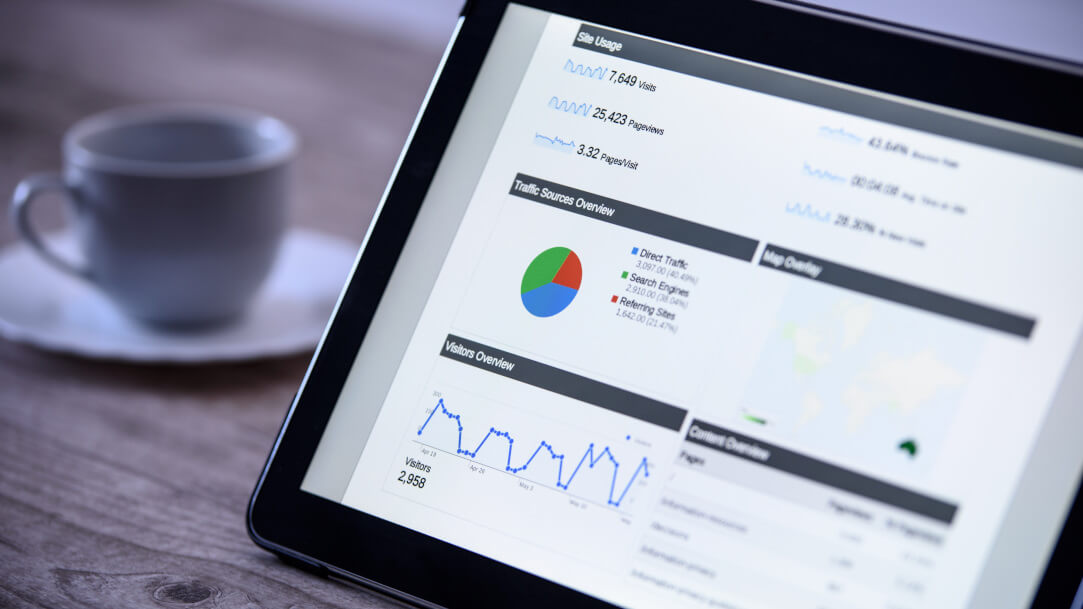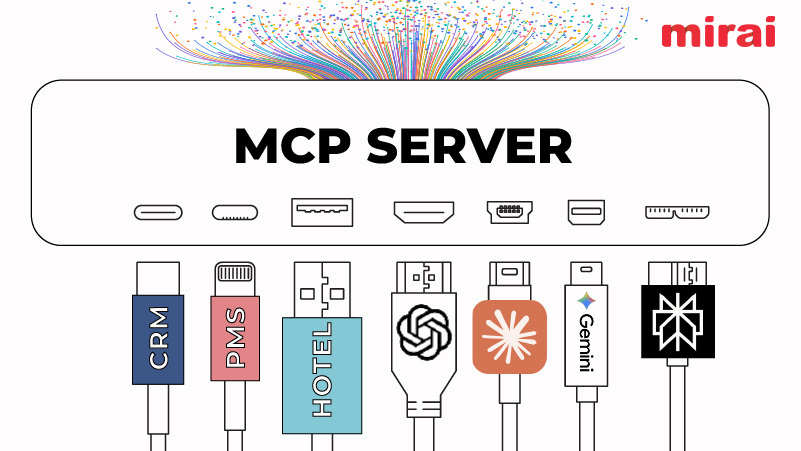
When it comes to posting on social media, businesses really have to look at the current trends within their niche market.
NB: This is an article from eMarketing Associates
Is your audience very active on social media? How often do they engage with posts for competitors and other pages they like? Understanding your audience should come first when deciding on post content and frequency.
Businesses should post as often as they can, but content quality must always come first. Most businesses post at least once per day, but there are many others who have an audience hungry for content and ready to engage.
In addition, businesses should also designate social media page roles, especially if you have a social media team with advertisers, interns, or agency representations. This designates who can post on your page, but it also designates those who are able to change profile content and create campaigns.
As you build upon your social media presence, your frequency should be determined by how your audience responds to posts. If you’re having trouble understanding how often to post on social media for business, the experts have a few suggestions.
Tips on Post Frequency for Social Media
Most studies have found that post frequency depends on the channel and audience. For example, Facebook has a lower post frequency than Twitter and Instagram, but you can post as often as you like on Pinterest since the purpose is to build boards filled with all kinds of content.
Post Frequency on Facebook
Research shows that businesses should post once per day with a maximum of three per day. However, you have to vary up your content and ensure that every post has something different, such as a graphic, poll, and video. These three post types may be posted throughout the day to engage with your audience without bogging down their feed with the same content.
Post Frequency on Twitter
Research shows wild differences in the number of posts for businesses on Twitter. Some businesses post up to 100 times on Twitter per day. Others only post 2 times a day. If you have high-quality content to post all day, then the answer is likely that you can post as often as you like.
There is a general consensus 3 to 30 tweets per day keeps your audience engaged, so long as the content is high-quality and engaging. For example, businesses should find new things to post about as often as possible that serve their niche and entice their audience to comment, like, and retweet.
Hosting and joining Twitter chats is a great way to offer expertise and engagement with fans while not necessarily abusing post frequency. It’s expected that you’ll tweet more during these Twitter chats, but since you’re joining as a business, posts should offer more insights and pose questions rather than commenting “yes” or “no” on the subject.
Post Frequency on Instagram
Instagram is a visual platform where you can post images, videos, and text image posts as often as you like. However, studies show that businesses shouldn’t post more than 3 times per day unless engagement suggests otherwise.
One thing to note is that you can post images with shopping tags and suggest products through links in your profile. Promotional posts on Instagram should be limited to only once per day. Clever captions and subtlety are important when selling on Instagram. You don’t want to push your audience away by “being all about the money.”
Instagram is one of the most popular social networks for engagement. Top brands post at least 2 times per day, including posts about products, company culture, events, and behind-the-scenes videos. In addition to posting regularly, you should also post stories and live streams when you have the right content to engage with followers.
Post Frequency on LinkedIn
LinkedIn made a case that businesses should consider how much to post by month, instead of daily posts. On average, businesses make about 20 posts per month. This is constant with posting an average of one post 5 days a week, Monday through Friday, which makes sense considering LinkedIn is a B2B social platform.
Users typically go on LinkedIn during working hours, seeking information on businesses, engaging with recruiters, or posting information relevant to their markets. While you can still post every day per week, you should look for ways to engage with groups related to your niche too. These may offer more opportunities for engagement while spreading brand awareness.
One of the most important things to consider about LinkedIn is that people are mainly looking for new expertise and information before promotions and sales. It’s already known that LinkedIn will have a lot of scams and marketing ploys, so the more information you can post about it the better you’ll look in the eyes of potential clients and customers.
LinkedIn has a variety of long-form post types. It’s more like Facebook post types. You can post images, videos, and longer text posts, but there is one different aspect of this network. You can also post blogs and join communities called groups to post daily to as well.
Post Frequency on Pinterest
Pinterest has made some changes to their platform in the past few years. It’s more acceptable to post over 3 pins per day, but if you do have a lot of followers, you may want to keep it below 30 pins per day so you don’t clog up the feed, especially if you are trying to fill up boards.
If you are starting a board and want to add more pins to get it started, then you can set the board to “secret” which hides it, and then you can publish when you’re ready. However, you don’t need to necessarily fill up your board with pins before publishing. Boards can be used with keywords in titles and descriptions to get more shares and followers as well.
Most pins are images with descriptions and links to blog posts. If you upgrade to a business account (free), you can also post video pins. While most pins on Pinterest are images, you also want to consider branding your images using Pinterest templates so that your boards follow a certain style guide.
Social media is an integral part of your overall marketing strategy. By leveraging these social platforms you can connect with your customers, share information on new products and services, boost sales and leads, and build brand awareness. You can also use it to manage your reputation, and improve customer service.




